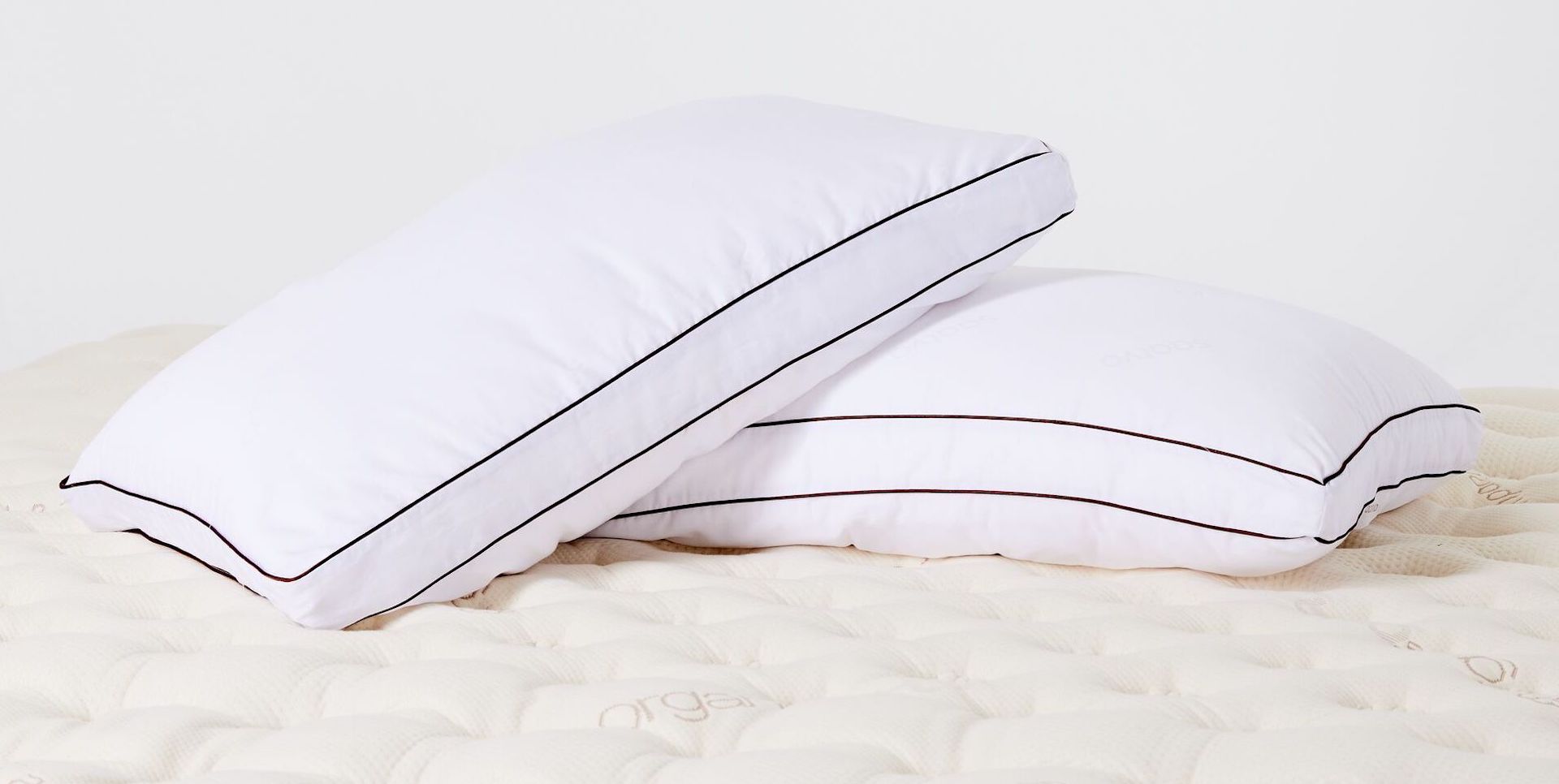Although it’s not quite as popular as side sleeping, back sleeping is considered the healthiest way to get shut-eye. Why? Well, sleeping your back keeps your head, neck, and spine in a neutral position, taking pressure off those areas—and making it a whole lot less likely that you’ll wake up in pain.
While back sleeping has its benefits, lying flat can increase your risk of snoring. And if you don’t have the right support under your head, it can actually cause neck pain. That’s why your pillow choice is so important.
“If you are a back sleeper,” says Wisconsin chiropractor Thomas Tozer, “you want to have your head vertically above your sternum. Any time you are turning right or left, you put a strain on muscles.”
How to find the best pillow for back sleepers
To determine whether a pillow is right for you as a back sleeper, Tozer says comfort and support are the two most important guidelines, with support being a slightly more important factor.
Choose a thinner to medium-thick pillow
As a back sleeper, you’ll do best on a thinner to medium-thick pillow since this will keep your head, neck, and spine properly aligned. A thinner pillow with extra loft (the pillow’s “lift” or thickness) at the bottom will provide the support you need to cradle your neck.
Consider a latex pillow
When it comes to pillow materials, you have some options. “If you’re a back sleeper there are multiple materials with the benefits of coolness and firmness, so there’s a little bit of flexibility there,” says Tozer. Latex pillows are especially good for back sleepers. Latex is buoyant and responsive and excels at head and neck support. It also sleeps cool.
Look for a memory foam pillow with cooling features
Memory foam will keep your head in alignment, but its density can cause it to hold body heat, so if you tend to sleep hot, look for one infused with cooling materials like graphite and cooling gel. Some memory foam pillows are made from a single piece of foam, while others have a core of shredded memory foam that you can adjust to mold the pillow as you like.
Be cautious with down pillows
As for a typical down pillow, “You may be able to position the down to give you the same support, but with rolling around I don’t know if it will maintain the same structure,” says Tozer. (Learn more about the different types of pillows.)
Try a contour pillow
A contour pillow is ideal for back sleepers, as it curves down to provide good support for your head and neck. By keeping your airways open, a contour pillow can also help alleviate snoring. Tozer also likes bone-shaped pillows for back sleepers because they promote proper head and neck alignment.
Place a pillow under your knees
Back sleepers benefit from pillows that conform closely because they help alleviate pain and soreness in the neck, shoulders, and other areas. If you’re a back sleeper with back pain, try sleeping with another pillow under your knees to maintain the curve of your lower back and relieve discomfort. (Here’s how to protect your back while you sleep.)
The bottom line on pillows for back sleepers
Just remember: Tozer says it’s important to buy pillows suited to your individual needs. This is particularly the case for couples who share a bed because too often they’ll buy a pair of identical pillows, “yet the two who will be using those will be different,” says Tozer, adding that the goal is “buying a pillow that is individually fit to their sleep position and posture.”
Need more advice on finding a pillow? Here’s how to choose the right pillow for your sleep position.







